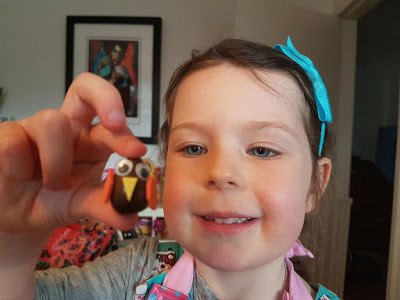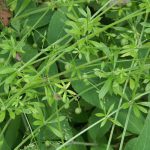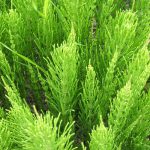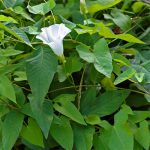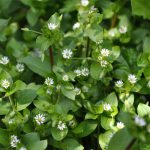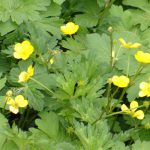Ordinary Moss, Feather Moss
Brachythecium rutabulum

Of all the lawn related weeds, Ordinary Moss is arguably the most common. Every year moss is treated only for it to return again the following year. It is possible to change your lawn conditions to help keep moss at bay but you may still find some will return and ongoing treatment will be required. Conditions which cause moss include poor surface drainage, nutrient deficiency, cutting grass too short, too much shade, drought conditions or acidic soil. By dealing with these issues you can lessen the likelihood of getting moss in your lawn.
Mosses are small flowerless plants that typically grow in dense green clumps or mats, often in damp or shady locations.
Leaves
Ordinary Moss is usually dark green but can be tinged yellow. It has branching stems that taper, with shiny, oval, pointed leaves that have fine teeth on their edges.
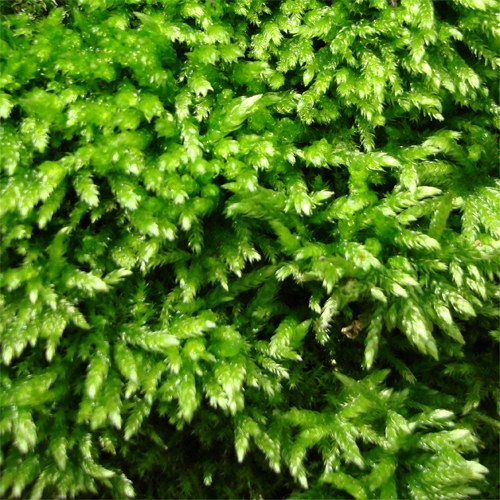
Preferred Habitat
Ordinary Moss, as its name suggests, is one of the UK’s most common mosses and is found growing in lawns, on damp ground and in woodlands.
Weed Control
Moss killer should be applied early Spring then scarified and any bald patches which are left should be treated with grass seed.
Scarification: Remove loose moss in autumn or spring, by scarification (vigorous raking). On small lawns this can be done by hand, raking out the moss with a spring-tine rake, but on larger lawns mechanical scarifiers can be hired.
For larger areas you can use a proprietary product (e.g. Vitax Green Up Lawn Sand ), such as those based on ferrous sulphate (sulphate of iron) in spring or early autumn. When the moss blackens after two or three weeks use a spring-tine rake to remove it.
Not Just a Weed
Moss can be grown as a garden plant and can look amazing when cultivated into mounds.
Moss can also be used to line hanging baskets in an attractive and practical way.
Mosses are an environmentally benign way to conserve water, control erosion, filter rainwater, clean up hazardous chemicals, and sequester carbon. Also, mosses serve a valuable ecological role as bioindicators for air pollution, acid rain, water pollution, and wastewater treatment.All of these side benefits of beautiful bryophytes make them good eco-friendly choices for our gardens.

